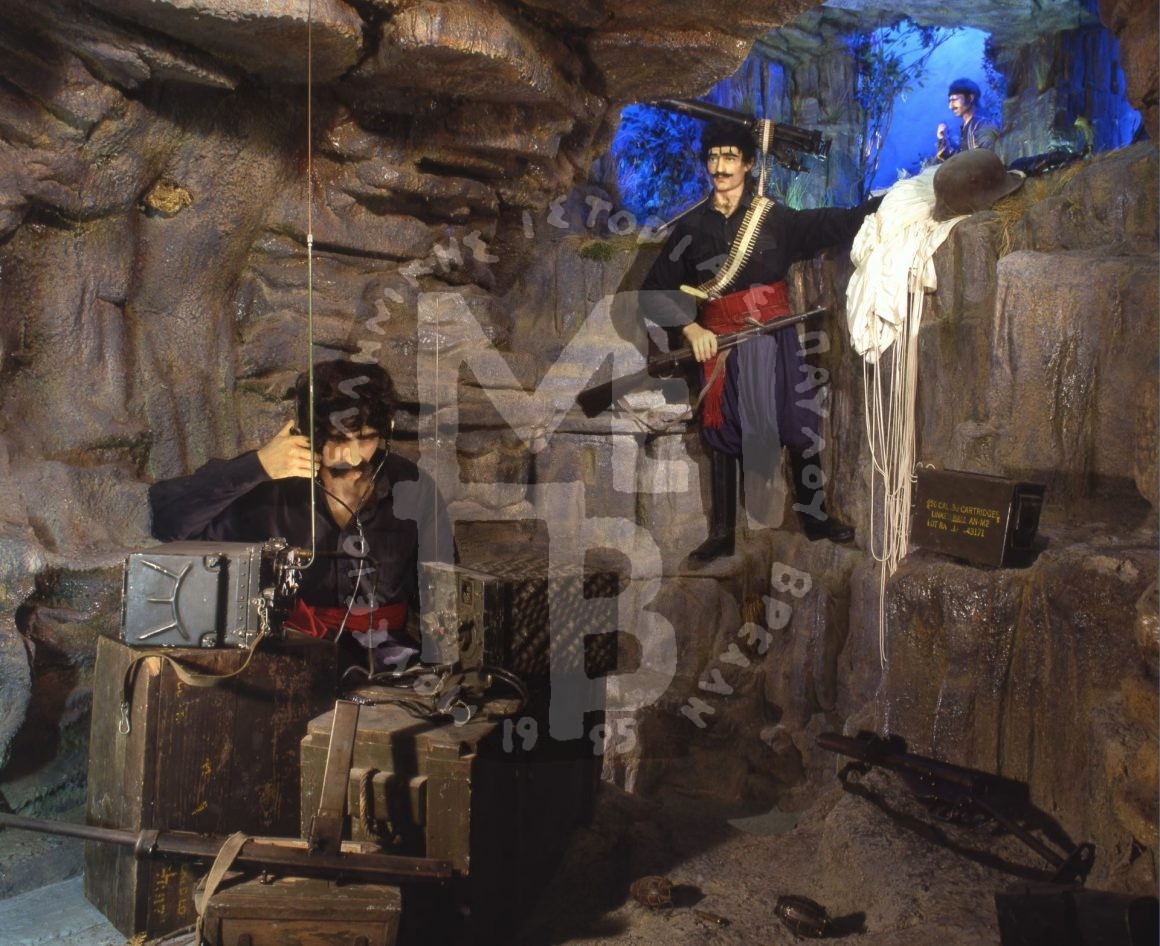“Crete, which bears fine upstanding men and women, was and still is the first in sacrifice, brave deed, worthiness, heroism and self-sacrifice. As a universal phenomenon, it is a unique case of resistance on part of its civilian population against the German conqueror; resistance not only during the battle itself but also throughout the German occupation, from the moment they took over the island until they left in May 1945.
On the morning of May 20, 1941, the implementation of the German scheme ‘Hermes’ was initiated. The key targets were the airports and ports of Hania, Rethymno and Herakleio as well as the control of Suda port, valuable due to its strategic position. The young men from Crete have been fighting on the mountains of Epirus and Albania, the English allies are exhausted from previous battles and the reinforcements coming from all over Greece are mainly young men with few munitions and little experience. Along with the New Zealanders and Australians, who stood by Crete, the Cretan population fights too, grabbing all hidden guns, work tools, even stones (!). These full of mettle and determination people, put up the sturdiest resistance the axis powers had ever encountered. They belied those who believed this battle would be won easily. After pains and casualties –among them the handpicked paratroops and an Alpinist Division– the Germans managed to stabilize their rule in the Mediterranean Sea, losing thousands of soldiers, material and valuable time in the process. The loss of so many souls demolished the German invincibility; the loss of material and supplies canceled other attacks like the ones against Malta and Cyprus. This lost time would prove to be beneficial for powers like Russia, for example.
Crete cannot be enslaved, cannot yield. The people of Crete, whose blood toll was very high, cannot be defeated. Civilian population of towns and countryside was wiped out by the rage of the German Nazis. Even entire villages, like Kandanos on June 3, 1941, were flattened to the ground, to such an extent that there was ‘no rock on top of other rock’.
From the same angle we saw ‘Rupel’ and through a new opening on the right, we see this theme. I have divided it into many plans and levels of different height, trying to create a hideout. I have developed the action from the inside to the outside. Young men from Crete in different positions are on their guard. I wanted to present three types of Cretans. In the foreground, there is an astute radio operator of the plains with thick moustache; in the middle, there is a handsome Cretan young lad (delikanis) and in the background, a militant Cretan of the mountains. Thus, in the foreground I present the preparation while in the background the action. This place is on the other side of ‘Pindos’ and the corridor of ‘The lady of Ro’ which comes through the rocks of the right side. It is made with 10cm ‘H’ shape iron, 5cm set squares, nettings, gypsum, glue, cement and neuro-metal. Here, too, I have exploited the roof of the building, using it as a sky-opening in the background, the same way I did for ‘The women of Pindos’.
Hitler do not brag you have stepped on Crete
Unarmed you encountered her with her children missing
Abroad they were fighting, up in Albania
Yet, they still fought…
(Rizitiko -Cretan folk song)”

